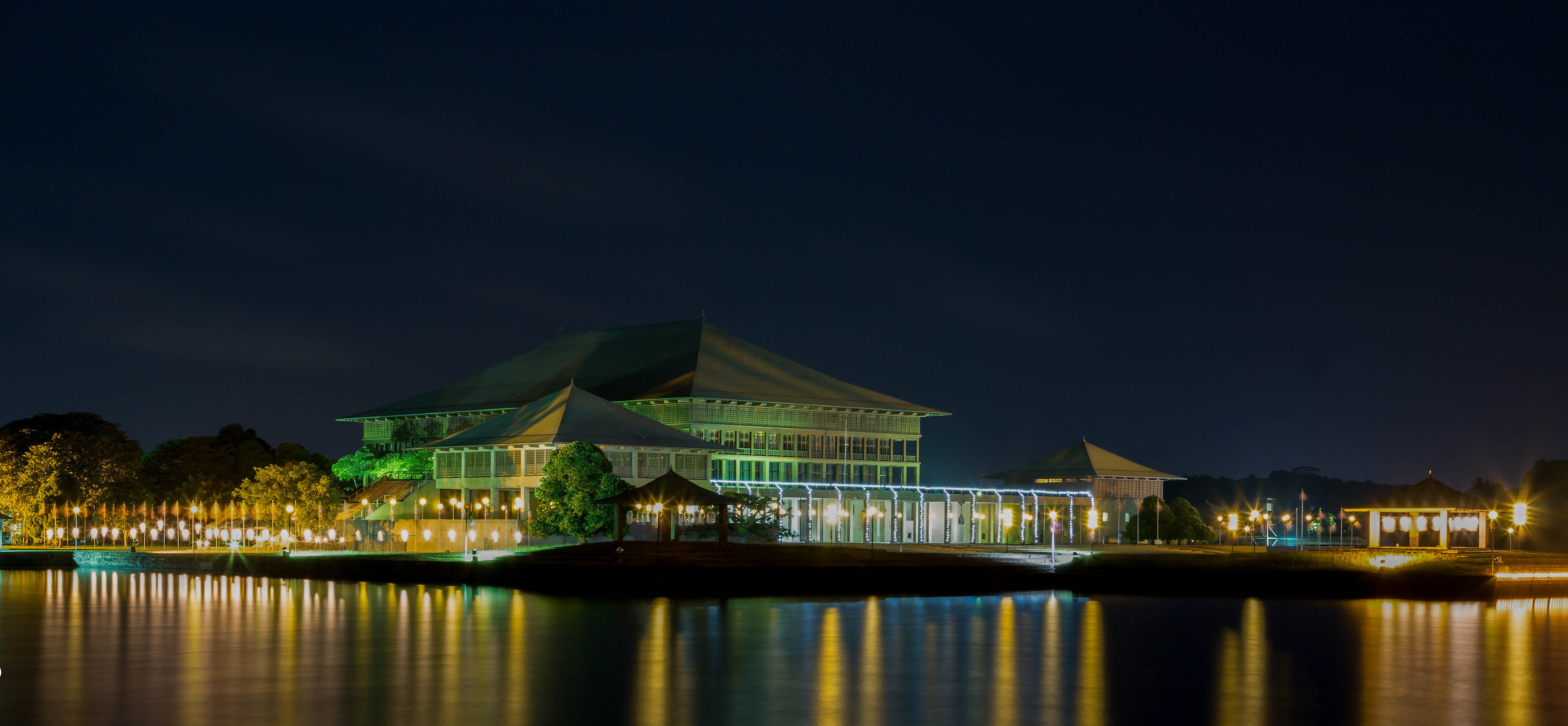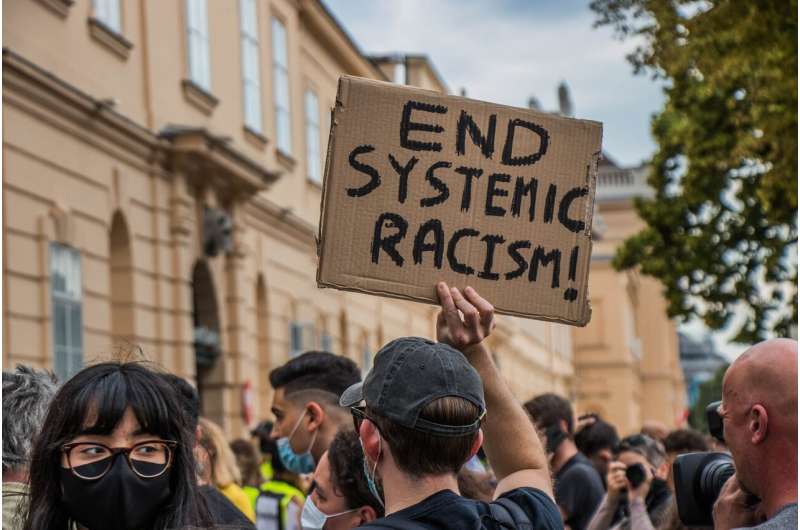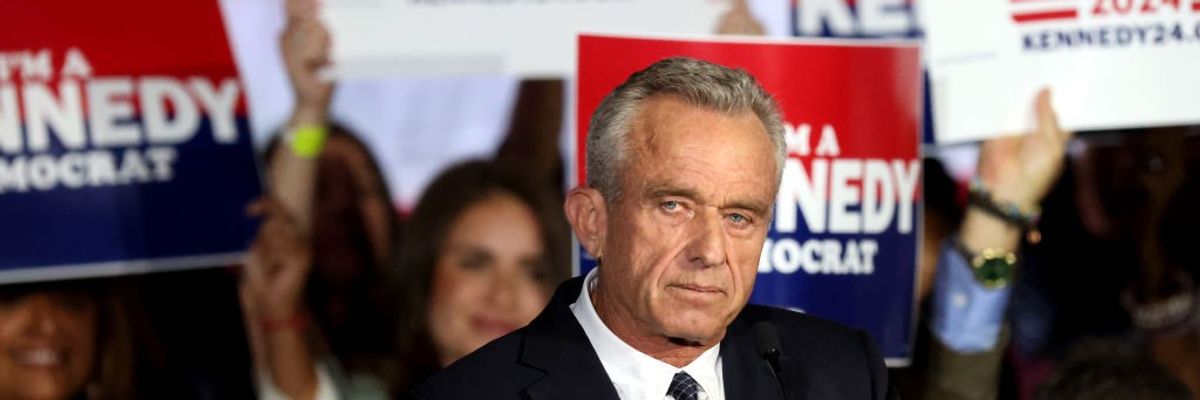In a real-life version of the 1987 hit Robocop, Ukraine’s military has already deployed 30 British-made robotic dogs for reconnaissance in combat zones against Putin’s forces. But the country’s ambitions get even more sci-fi: plans abound for a homemade ‘army of robots’ complete with AI-powered machine guns and driverless cars, reported The Daily Mail.
“These robot dogs with cameras (known as BAD.2) can slip through trenches and underbrush where Ukrainian soldiers shouldn’t expose themselves to unnecessary danger, and where drones can no longer see,” Kyle Thorburn, head of the British manufacturer Brit Alliance, told Bild.
The BAD.2 robots are reportedly undetectable by thermal imaging, can run at 15 km/h, and have an operational range of 3.5 km. They can operate for up to five hours on a single charge. Each costs between €4,000 and €8,000.
“Army of Robots”
But Ukraine’s not content to just import a few dozen British robodogs. The country’s defence ministry recently emphasised that 80% of army supply contracts are grabbed up by domestic firms. And Ukraine's youngest government minister, Mykhailo Fedorov, has been spearheading the development of next-generation weapons for the country's ongoing conflict with Russia, The Sunday Telegraph reports.
Fedorov, who serves as the Minister of Digital Transformation, has overseen reforms that lighten state procurement rules and establish a free-market environment, encouraging more than 200 Ukrainian companies to engage in defence innovation. His efforts have drawn comparisons to the U.S. government's Advanced Research Projects Agency (ARPA), created in 1958 to drive technological advancements with potential military applications.
"You know, war starts with one level of technology and ends with a totally different level of technology," Fedorov, 32, told the newspaper. Aware that technology can be a lifesaver in Ukraine's struggle against a much larger Russian force, he emphasised the importance of innovation in preserving Ukrainian soldiers' lives. "We don't have many people, and we value the lives of every soldier," he added.
Fedorov's latest initiative involves creating an "Army of Robots" to undertake tasks that would typically put Ukrainian soldiers at risk. Automated machine guns equipped with artificial intelligence for precision aiming have already been deployed, and recent announcements have highlighted the production of robots capable of laying mines and detecting explosives.
"We want robots that can absorb as much of the enemy's firepower as possible, so we can be flexible and avoid losing the lives of our soldiers," Fedorov explained. He also envisions fleets of self-driving vehicles to transport weapons, deliver ammunition, and evacuate injured troops from the front lines.
According to The Sunday Telegraph, successful tests have been conducted on a new breed of air-defence sensors that utilise secretive Ukrainian technologies, distinct from the radar systems provided by NATO countries. These sensors are designed to identify and track Russian drones and missiles, aiding in Ukraine's defence efforts.
Global ambitions
Ukraine’s by far not alone in pursuing a real-life version of Robocop. In training exercises this summer with Cambodia’s military, China unveiled an army of robohounds armed with guns. The world's leading military powers, including China, Russia, the USA, and the UK, are racing to develop and deploy robotic war dogs, armed with lethal capabilities ranging from sniper rifles to flamethrowers, reported The Daily Mail.
In the United States, consumers can even purchase a flamethrower-wielding robot dog for personal use. The 'Thermonator,' developed by Throwflame, spits a ferocious stream of fire that can reach several metres, capable of igniting almost any target in its path. Sales of the Thermonator were recently opened across most of the US, making this terrifying technology available to the public.
The British Army has also begun trials with their own version of these robotic dogs, as reported by The Daily Mail. While the British variant has not been shown carrying a weapon, the possibility of arming these machines remains open. In a video shared by China's state broadcaster CCTV, similar robots are demonstrated planning routes, approaching targets, and avoiding obstacles, operating for up to four hours on the battlefield.
General Collins, a senior British military official, has suggested that by 2030, the first contact with an enemy on the battlefield could be made by robotic systems, marking a significant shift in military strategy. Writing in the British Army Review, Collins likened these developments to scenes from the Hollywood blockbuster Terminator, where autonomous machines wage war against humanity.
The fear that these machines could operate without mercy is no longer confined to the realms of fiction. Autonomous or semi-autonomous drones are already being deployed in conflicts to hunt down, target, and eliminate human adversaries. While most drones and unmanned vehicles currently require some level of human control, the technology is advancing rapidly.
A 2020 United Nations report also revealed that the Turkish-made Kargu-2 attack drone was used autonomously in combat during a battle in Libya, marking a chilling milestone in warfare.
Israel, too, has pushed the boundaries of drone warfare, launching an AI-guided drone swarm in 2021 to attack Hamas militants. This technology allows multiple drones to operate as a single, integrated network controlled by artificial intelligence, a significant advancement in military operations.
NATO has acknowledged that while autonomous drones and robots cannot truly think for themselves, they are programmed with a vast array of responses to various battlefield scenarios. According to a NATO report, the limiting factor is no longer the technology itself but the political will to deploy such systems, which would enable lethal machines to operate without direct human oversight.
Russia’s own AI army
Putin’s gotten the message, too. Kyiv continues to endure relentless attacks from Russian-operated Shahed-136 drones supplied by Iran. Russia has also reportedly deployed AI-enabled strike drones like the Kalashnikov ZALA and the Lancet, which have autonomous capabilities, including the ability to independently locate and destroy targets.
And his engineers are increasingly turning to Unmanned Ground Vehicles (UGVs) to alter the course of the war. These ground-based robots, capable of carrying weapons, explosives, or conducting reconnaissance, symbolise Russia’s technological advances on the battlefield. Combat footage circulating online has shown Moscow deploying remotely operated versions of old tanks packed with explosives, driven towards Ukrainian positions, reported The Daily Mail.
In addition to these rudimentary tank-bombs, Russia is advancing with high-tech, self-driving UGVs such as the Marker. This platform, equipped with AI and machine learning capabilities, has demonstrated the ability to navigate controlled environments without human operators, according to Samuel Bendett, a senior fellow at the Center for a New American Security.
“The ultimate goal is to have these systems function autonomously in battle, working seamlessly with human operators, UAVs, and manned assets in a networked environment,” Bendett told The Daily Mail. “But we are far from that.”
The stakes in this technological arms race are high. Earlier Russian drone strikes near the Khmelnytsky nuclear facility in western Ukraine earlier have heightened concerns among Kyiv’s officials and civilians, who fear a repeat of last winter’s assault on the nation's energy grid.
Civilian uses
The civilian sector isn’t far behind. In February, Russian daily Vedomosti reported a 55% increase in purchases of robotic dogs and a 41% increase in the acquisition of robot assistants in Russia in 2023. These purchases mainly involved low-cost consumer devices priced between 2,000 and 5,000 roubles ($20-55), equipped with microphones, video cameras, and built-in voice assistants. Many of these robots are used for entertainment purposes, such as interacting with children or pets, and for remote communication and monitoring, not shooting weapons.
Still, as the Russia-Ukraine war drags on, military and artificial intelligence experts predict an increasing reliance on drones capable of autonomously identifying, selecting, and attacking targets without human intervention.




.jpg)



